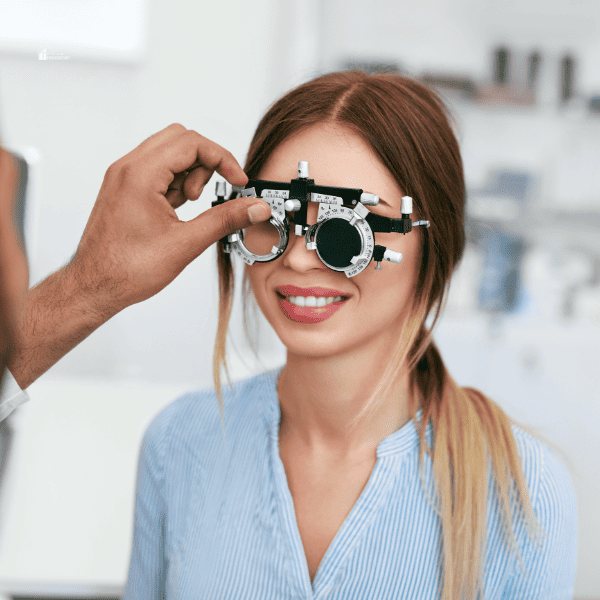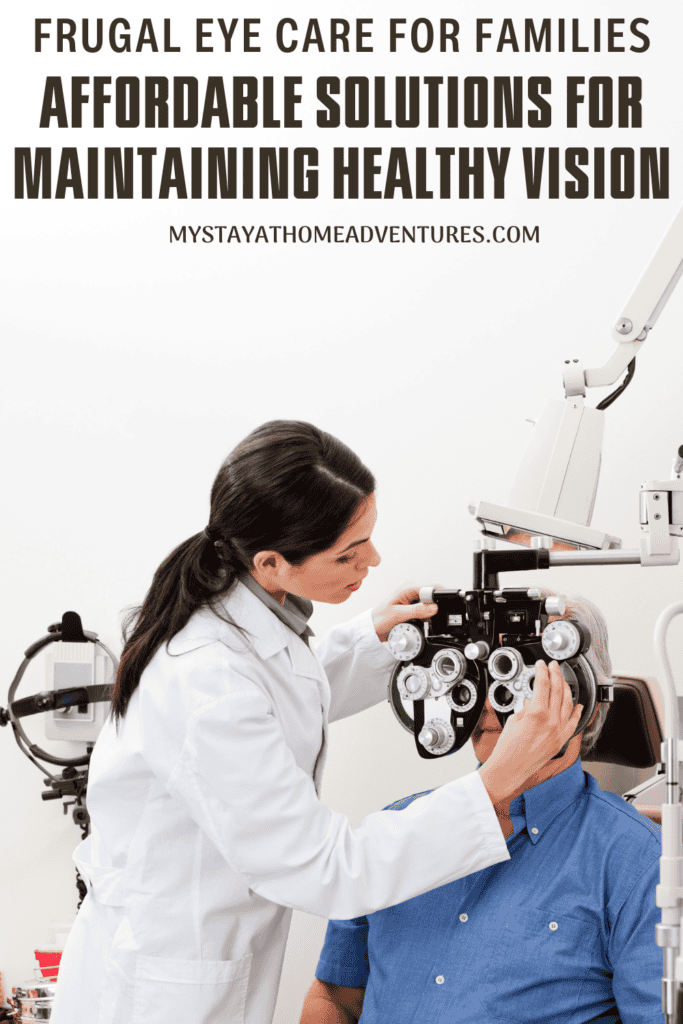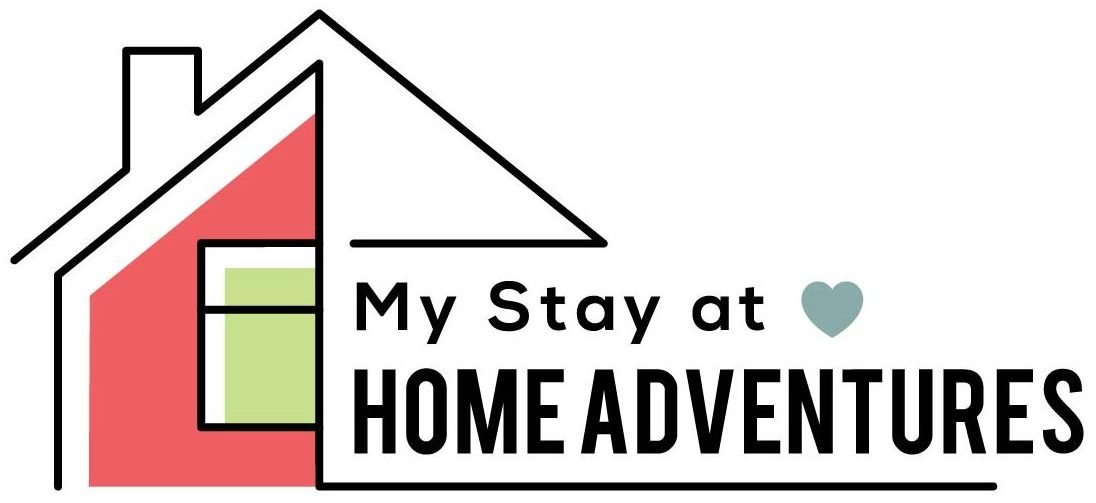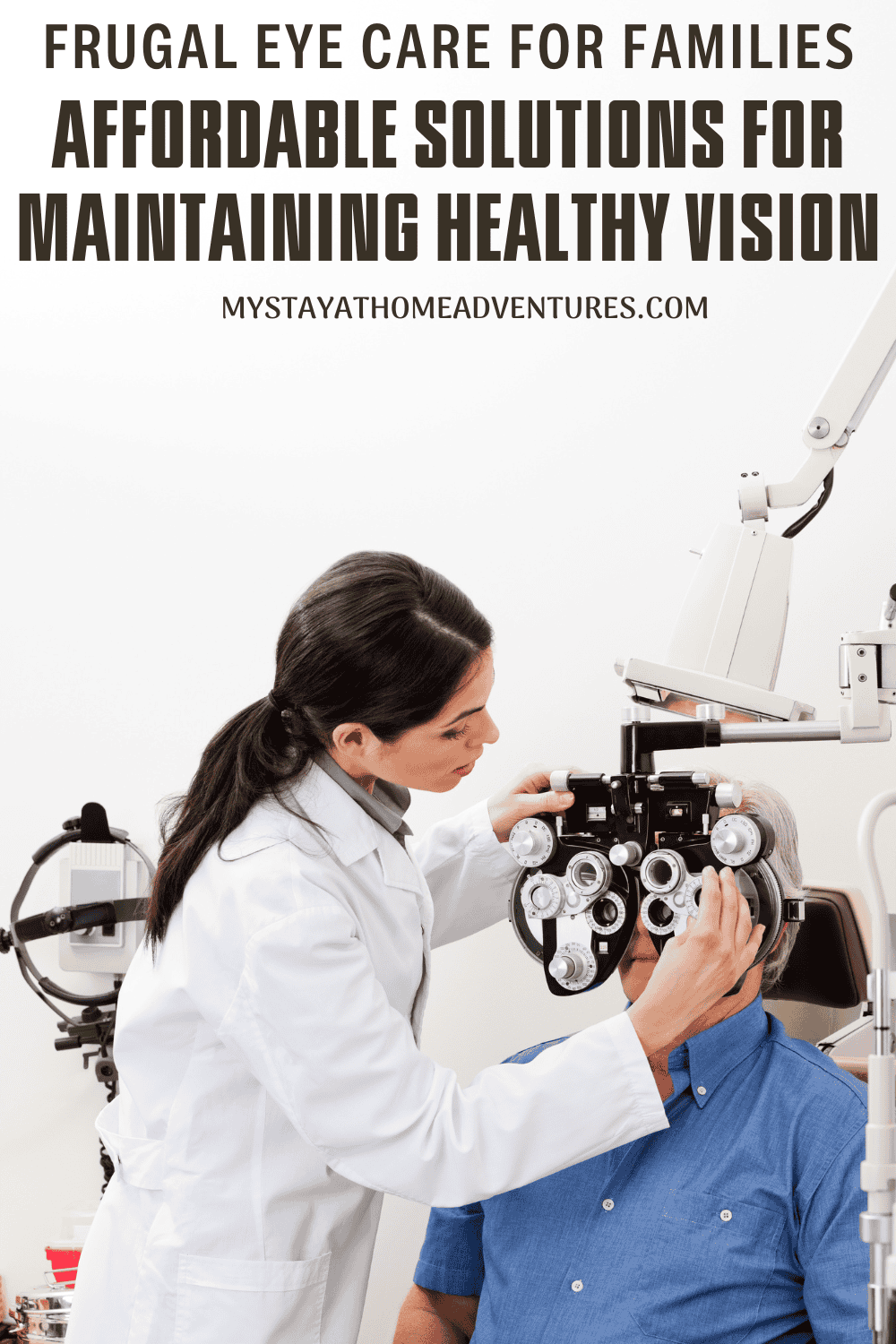Frugal Eye Care for Families: Affordable Solutions for Maintaining Healthy Vision
This post may contain affiliate links which might earn us money. Please read my Disclosure and Privacy policies hereSetting spending limits for daily expenses, such as groceries, utilities, and healthcare, is a cornerstone of frugal living.
In the 1990s, families often relied on traditional saving strategies like creating savings accounts, using layaway plans, or setting aside loose change in piggy banks. With the advent of the internet, these strategies were digitized, turning into online coupon hunting, price comparison tools, and cashback websites. Today, families have even more ways to stretch their dollars—and eye care is no exception.
According to a report from The Vision Council, shopping for eyewear online can lead to significant savings compared to buying in-store. For families looking to maintain their eye health without breaking the bank, digital resources and thoughtful planning provide practical solutions. Here’s how you can save on your family’s eye care while keeping everyone’s vision in top shape.

Prioritize regular eye exams
Routine eye exams are the foundation of healthy vision for all ages. These checkups allow eye doctors to monitor vision changes and catch eye issues before they become bigger problems that require more money for treatment. For children, eye exams are particularly critical, as vision problems can sometimes go unnoticed and affect their academic performance. As such, doctors recommend that kids undergo comprehensive eye exams before the school year begins to spot any potential issues early.
To save on costs, consider scheduling eye exams at big box retailers like Costco or Target. These locations typically offer exams at lower prices than standalone optical chains and hire independent optometrists, making quality care more affordable.
Purchase eyewear online
Buying eyewear online is a game-changer for budget-conscious families. As we mentioned earlier, in-store shoppers have been reported to spend more out-of-pocket compared to online shoppers. For this, families can turn to trusted retailer Eyebuydirect, which has an extensive selection of affordable yet high-quality eyeglasses and sunglasses for the whole family.
This includes prescription sunglasses like the Nevada and Virtual models. Prescription shades are an economical eyewear solution, doubling as both vision correction and sun protection accessories. Additionally, many online retailers run constant promotions, so keep an eye out for discounts, sales, or referral programs that can further reduce costs.
Be proactive about eye safety
Preventive care is an often overlooked aspect of saving money on eye health. Yet, according to the National Eye Institute, something as simple as wearing protective eyewear can prevent nine out of 10 sports-related eye injuries in children. Similarly, the American Academy of Ophthalmology reports that using protective goggles during activities like gardening or DIY home improvement can reduce injury risks by 90%.
To avoid eye injuries that require costly trips to the emergency room, look for affordable safety goggles online or at hardware stores. Make sure that safety goggles are worn during activities when the eyes are vulnerable to debris or flying objects. Features to prioritize in eye safety gear include shatterproof lenses, a sealed barrier, and a snug fit.

Maximize your FSA/HSA dollars
Families with Flexible Spending Accounts (FSA) or Health Savings Accounts (HSA) can make the most of these benefits to cover eye care expenses. FSAs are funded through pre-tax dollars and must be used within a calendar year, while HSAs are tied to high-deductible health plans and can roll over unused funds.
Both accounts can be used for eye care needs like eye exams, eyeglasses, contact lenses, and even prescription sunglasses. Some online retailers, such as Eyebuydirect and LensCrafters, accept FSA and HSA payments, making it easier to stay on budget. By using these funds strategically, families can offset the cost of maintaining a healthy vision.
From scheduling cost-effective eye exams to leveraging online eyewear deals and maximizing tax-advantaged accounts, there are plenty of ways to save without compromising on care. By integrating these strategies into your routine, you can ensure your family enjoys clear vision while staying true to your frugal lifestyle.







